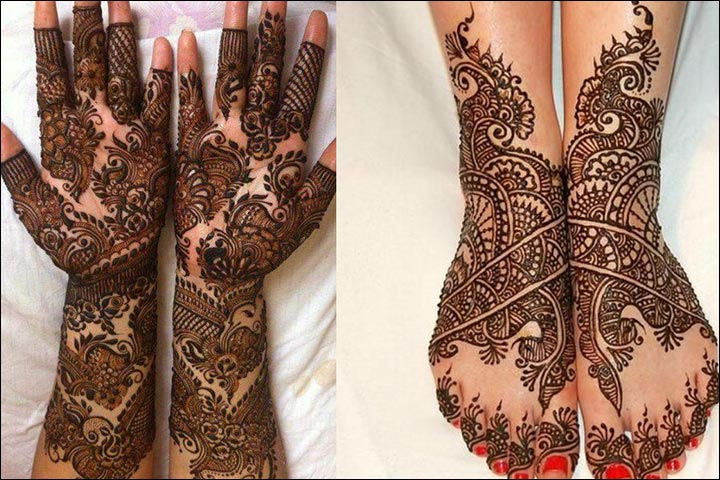Henna: The Plant of Beauty
- Muhammad Tahir
- Jul 2, 2017
- 2 min read

History of Henna
Henna is a dye prepared from the henna tree which is used to dye skin, hairs, and nails. Henna has also been used to paint fabrics including silk and leather. The exact origins of henna are not clear but it has been said that henna was used in ancient Egypt. Henna A website named Silk & Stone claimed that henna has been used for more than 5000 years in Egypt, India, Pakistan, and the Middle East.
Medicinal use of Henna
Henna is used as a medicine. It has been said that in ancient times, people who lived in deserts used henna under their feet to keep their body cool. Today, henna is used for skin diseases and feet burning sensation. Henna oil is used for arthritic pains and to stop hair fall.

The Culture of Henna
The art of using Henna is known as Mehandi. Today, it is traditionally used on different occasions in the Middle East, Africa, Turkey, India, and Pakistan. In the Islamic world, Henna has important status as it has been narrated that Prophet Muhammad (Peace Be Upon Him) used it to dye his hairs and women in the early history of Islam also used Henna to paint their hands. The tradition of using henna in Islam is still very popular and henna is used mainly on EID, birthday parties and weddings.

The Bridal Henna Party

In Muslim and Hindu weddings, it is a tradition to have the henna party (Mehndi) before the actual wedding day. During Mehndi, girls use henna paste to paint different designs on the hands of the bride. On this night long party, the friends, and relatives of both bride and groom celebrate by dancing and singing.
Reference
Sitham, P. (2014, February 04). Traditional, Medicinal Uses of Henna Plant. Retrieved July 02, 2017, from http://www.naturehomeopathy.com/traditional-henna-medicinal-plant.html

